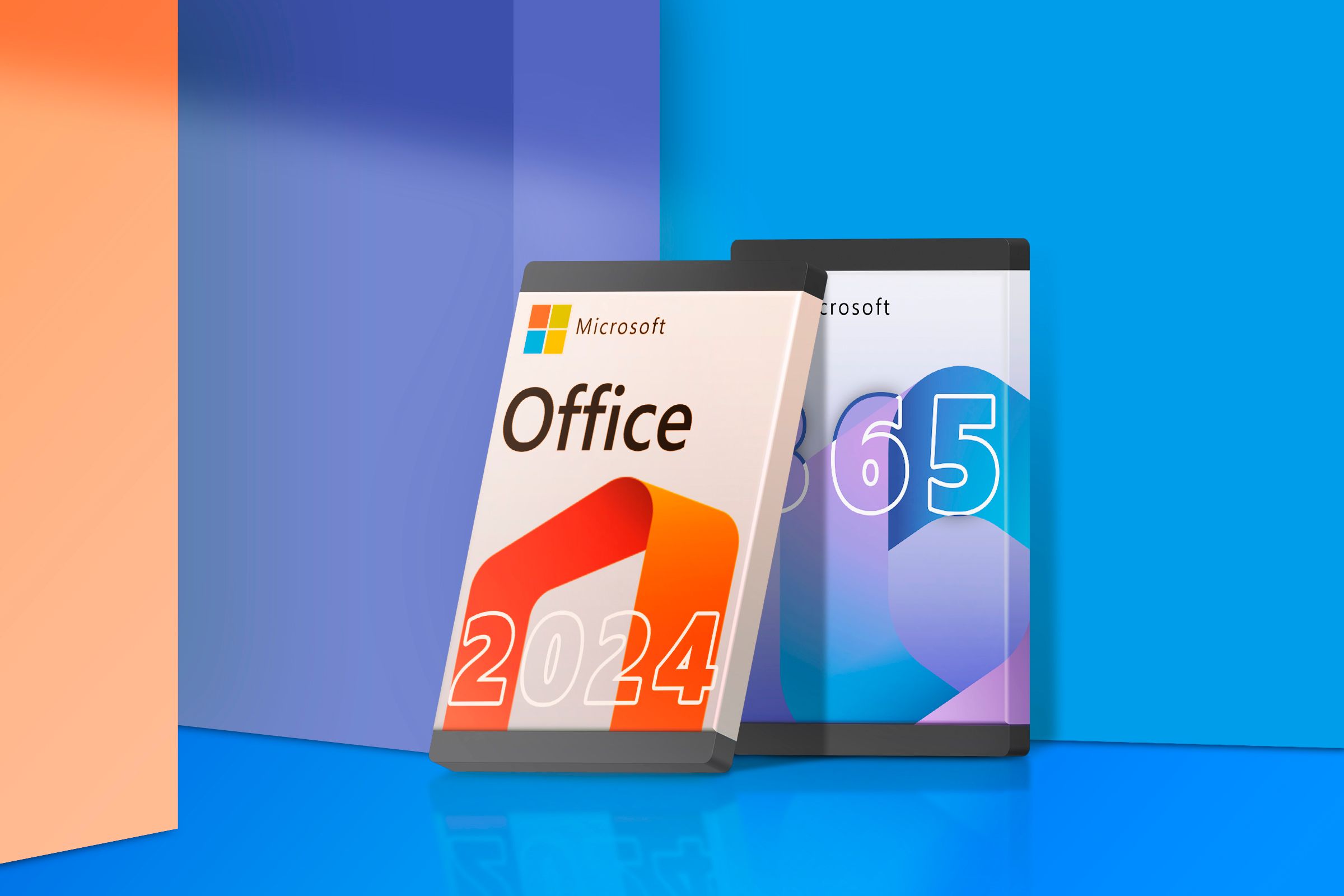Microsoft is considering a new direction for its well-known Office package that could give Windows users unprecedented free access to three of its most popular apps—Word, Excel, and PowerPoint.
One of the long-standing benefits of purchasing a Microsoft 365 subscription is that you can access the full suite of productivity apps on your desktop. Those who aren’t willing to pay up can access slimmed-down versions of Word, Excel, PowerPoint, Outlook, OneDrive, Teams, and OneNote through the web-based apps. However, Microsoft is threatening to break this tradition, weighing up the pros and cons of offering Word, Excel, and PowerPoint for free to those using a Windows computer. Sounds good, right? Well, there’s a catch. Or, more accurately, there are several catches.
First, the apps will be heavily ad-supported. Not only will advertisements appear in a pane on the right of your screen, but they’ll never disappear. Even more frustratingly, the ads won’t necessarily just be text and still images—be prepared for distracting videos playing as you work. The only way to get rid of these ads will be to subscribe to Microsoft 365 or, if you’re not keen on subscriptions, buy a one-off version of Microsoft Office, such as Office 2024.
Microsoft 365 is a monthly or annual subscription package that offers all of Microsoft’s productivity apps on several devices, more OneDrive storage, and continuous app upgrades. On the other hand, Office 2024 requires a one-off, upfront payment for fewer apps on one device, less storage, and security and bug fixes only. So, weigh up which one would work best for you if you decide to upgrade!
Second, you won’t be able to save Word, Excel, and PowerPoint files to your local drive. Instead, you’ll need a OneDrive account, which you can get with 5GB of storage for free. This also means you must be connected to the internet to use these free programs efficiently. If you run out of space, aside from deleting some of your unwanted files, the only option will be to upgrade to a paid Microsoft 365 package. There seems to be a theme developing—you don’t get much for free with Microsoft!
Third, the free, ad-supported apps will only offer basic functionality. For example, in Word, you won’t be able to change line spacing, add headers and footers, use the very useful dictate tool, or use mail merge. In Excel, autofill, conditional formatting, pivot tables and charts, macros, and slicers won’t be available. Finally, in PowerPoint, even simple tasks like formatting a slide’s background, recording your presentation, adding a slide number, or adding SmartArt will be off the table. By this point, it doesn’t take a genius to work out what you need to do to get the full complement of features.
Despite some people having already accessed the free desktop apps over the last few days by clicking “Skip For Now” and then “Continue For Free” on a new download of Microsoft 365, we have not managed to recreate this scenario on our systems. What’s more, when we reached out to Microsoft for comment on this new rollout, the company remained tight-lipped on its roadmap. A spokesperson said, “Microsoft has been conducting some limited testing. Currently, there are no plans to launch a free, ad-supported version of Microsoft Office desktop apps.”
Microsoft is beginning to develop a reputation for prioritizing ads ahead of improving its customers’ experience. In December 2024, we reported that Microsoft had started putting ads in a banner across the top of PDFs in the Microsoft 365 mobile app. In April of the same year, the company introduced intrusive ads to the Start menu. Microsoft’s third-party ads aren’t the only recent invasion of our screens. Just last month, Microsoft Word for the web was updated to show the Draft With Copilot icon wherever your cursor is placed within the document.
Source: Beebom





